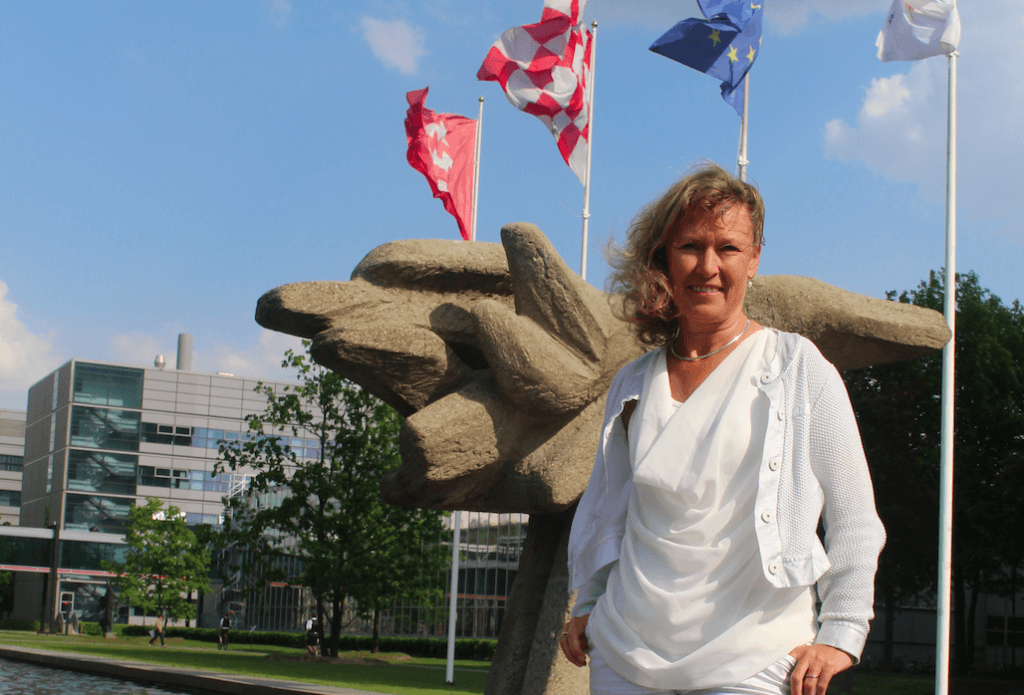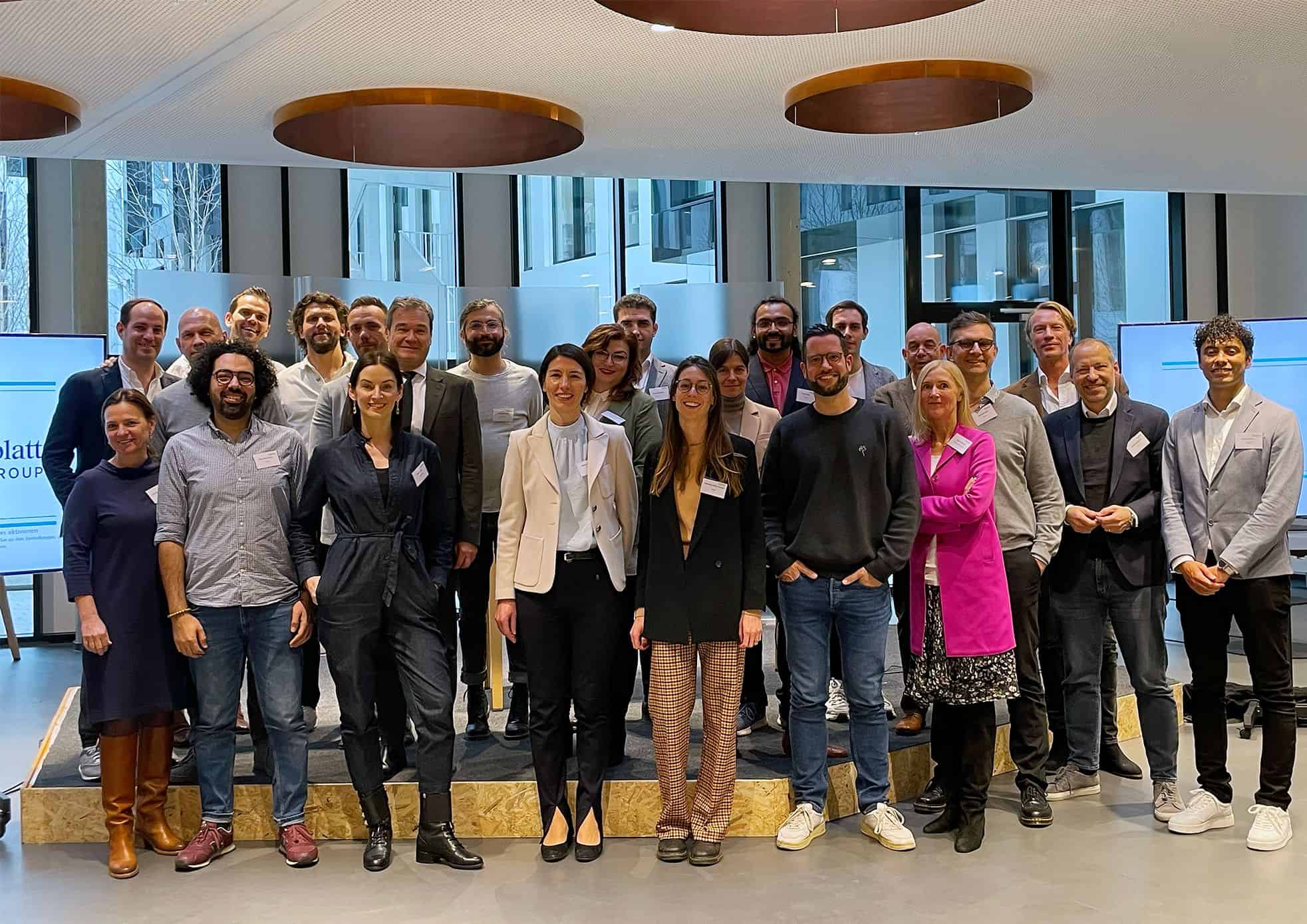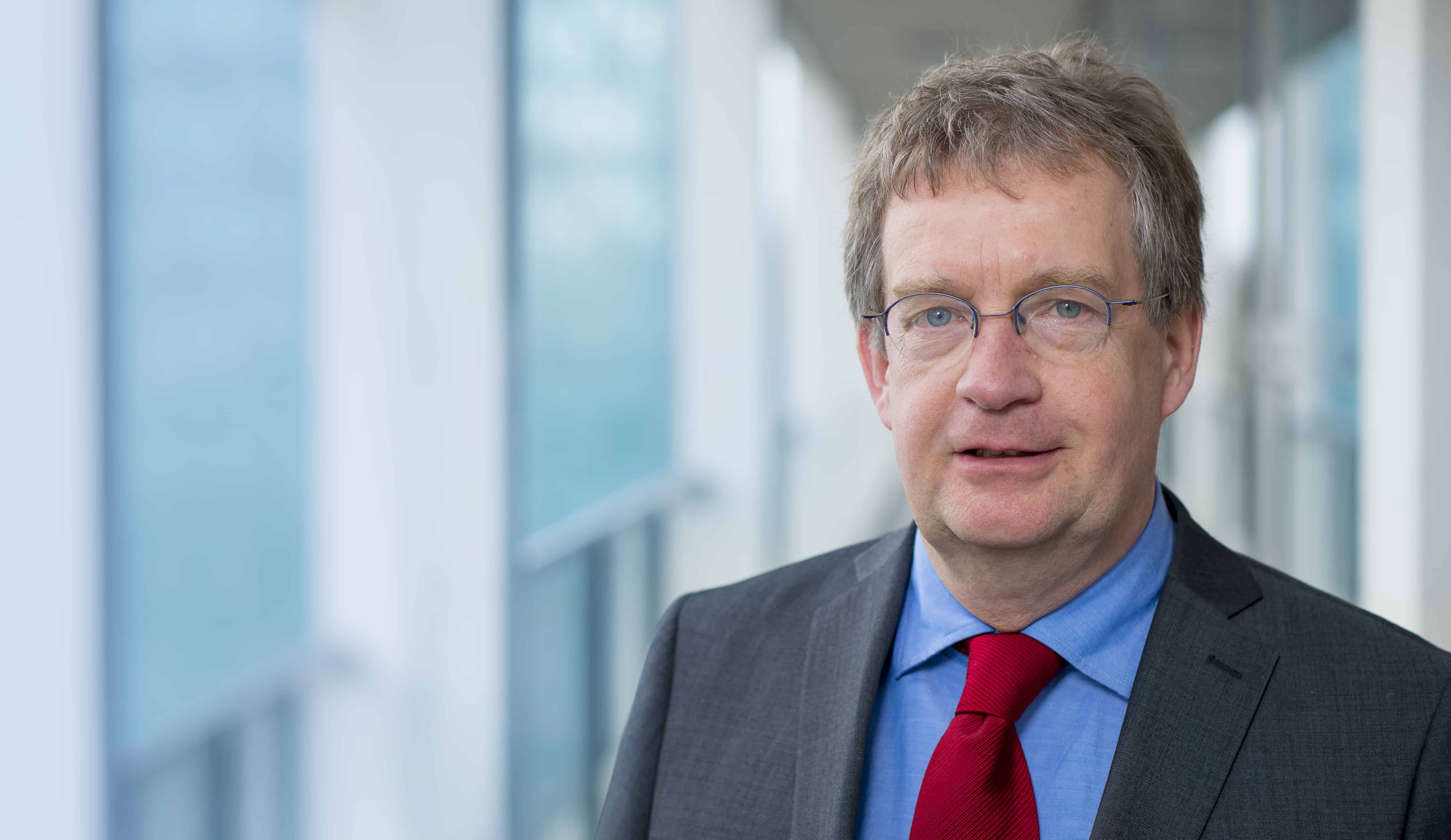
Imagine: you want to leave your home and a car drives by autonomously. A small one when you are alone and larger one if you want to take your whole family. The car ‘knows’ that you have an appointment that is not feasible with a bike. But wait, first eat an apple because you just got a notice that your fruit level is still below par today.
Buses and trains no longer exist, everyone is literally auto-mobile. Not only in cities but even in the smallest village, the stock of self-propelled vehicles is abundant; a private car is no longer needed. You step in and although this is not ‘your’ car, your favourite music is already on, the seats are properly adjusted to your body and the battery is full enough to reach your destination. Because the car is aware of other traffic, you can see exactly what time you will arrive. Immediately after closing the door, you drive away. Or rather, you’ll be driven away.
It’s still a little weird, a vehicle without a steering wheel, but in exchange for a 100% security guarantee you won’t be missing this for too long. Besides, who would complain at all if, thanks to this kind of smart city solutions, your health and quality of life will increase, your surroundings become greener and your wallet stays full?
 E52 publishes a series of articles in preparation for the Dutch Technology Week (23-29 May). This is the twelfth part. Here the earlier parts.
E52 publishes a series of articles in preparation for the Dutch Technology Week (23-29 May). This is the twelfth part. Here the earlier parts.
Just as ten years ago – yes, only 10 years ago! – we could hardly imagine that by 2016 it would be almost impossible to live without our smartphone, we now have a hard time to accept that in another ten years we won’t drive any cars by ourselves anymore. Or that our houses don’t have chimneys anymore. Or that we never receive bills for gas and electricity anymore. That we can hardly remember that those beautiful parks and city gardens once were parking garages. Okay, it will take a few years before the public transport network has completely disappeared, but the first signs of this are already visible. In only ten years time.
The launch of this “bright new world” – but now for real – is on May 24, when a group of people from Eindhoven holds a 24 hours brainstorm about the details for the first ever Smart District. The project is part of the Dutch Technology Week. Immediately after the 24-hour brainstorming the preparations will be made to to shape the first smart society – somewhere in Brainport. A thousand homes will form a neighbourhood that’s built and organized completely smart. Before the summer the exact location must be known. In short: the smart society, together with smart mobility, is no longer a dream – most of us will be able to experience it.
Elphi Nelissen, Dean of the Faculty of Architecture and Professor of Building Sustainability at the Technical University of Eindhoven, leads the Smart Cities Center in which universities, government, industry and population research the ideal conditions for such a smart city. She is realistic enough to see that there are many hurdles to be overcome, but at the same time firmly convinced of the outcome. “Of course, there are risks and there are also emotions – everyone has worries about what can go wrong once in a while – but eventually every citizen counts his blessings. Simply put, when you get healthier, safety increases, you live in a greener environment, there are no traffic jams anymore and because of all this you wil live longer, who will still want to resist this development?”
The free movement of open data is an important prerequisite for the realization of such a smart society. And that’s exactly the thing that worries most people. Because: What happens to my data? Who manages it and who takes care of my privacy? Nelissen has heard the questions time and again – and recognizes the worries. “A prerequisite for the functioning of such a system is that anybody who doesn’t want to be part of it, must have a way to opt out. Every citizen must be able to literally make himself invisible.” That such a person then can not enjoy the achievements of the smart century, well, that may be the consequence of that choice.
There is yet another condition associated with such a smart society, Nelissen says. “We should never leave the management of all the data to commercial companies, but rather to governments, a city for example. Yes, I know Google promises to only use encrypted data, but what is encrypted can always be decrypted again. Of course this is also possible at a government level, but citizens have more possibilities for checks and balances, that’s why we live in a democracy.” For the same reason, we need not be afraid of becoming a “smart city-ghost town” like Singapore and Shanghai. “Here with us, citizens ultimately determine what is and is not appropriate.”
Amsterdam has organized their smart development differently – within AMS (Amsterdam Advanced Metropolitan Solutions) the city has offered data management to commercial companies. It wouldn’t be Nelissen’s choice, nor the choice of Eindhoven. “They have actually committed themselves to these companies, even before they have properly started. That’s not what you should want, even with all the safeguards that might be given.”
Some realism should also be in place for all those people who are afraid that their data will be captured. “It is already happening, but we are hardly aware of it. Where else do you think the traffic jam warnings come from? How else can we enable police immediately if some visitor flows in a city are reason for concern? That is precisely why transparency is so important. Every citizen must be able to see what happens to his or her data at any time.”
Back to the smart neighbourhood, which should be ready to live in within five years. “A place for the early adopters, the people who want to be part of these developments. And with whom we are going to test whether our optimism is indeed justified. A neighborhood, complete with shops, a school and all the normal amenities. Where car traffic is already fully autonomous, the houses are energy-neutral and where everyone’s health is monitored in real time.”
A really good example of such a district is not there yet, Brainport will have to invent it all by itself. “Here and there one can find certain elements of what we want to build, for example in the cities of Morgenstadt. But the whole has never been done yet. That’s what makes this project so interesting for other cities. Eindhoven is the living lab for the rest of the world.”
Where exactly the smart neighbourhood will be built, will soon be known. “We already have met a number of municipalities that came visiting us because they think they have the perfect location. In any case, it will be a place where the zoning is already in order. “If not we would lose too much time. By the way, it’s no coincidence that all of this is happening in Brabant. Our province has been given a special experimental status. This is necessary because of the legislative obstacles: technological developments are always much faster than legislature.”
Nelissen has one last remark to reassure the ones in doubt: “Our smart society is also a more social society. The neighbourhood that we are building has more meeting points where residents can exchange products or services. What can be shared will be shared, so the whole is much more ‘inclusive’ than our current society. For example, we also build common guest rooms – much more convenient than when every household has its own and uses it only 5% of the time. And more fun, too.”
“Smart Cities” is one of the main themes of the Dutch Technology Week. Check the calendar for exact details.
Pictures: Heddy Gijbels









